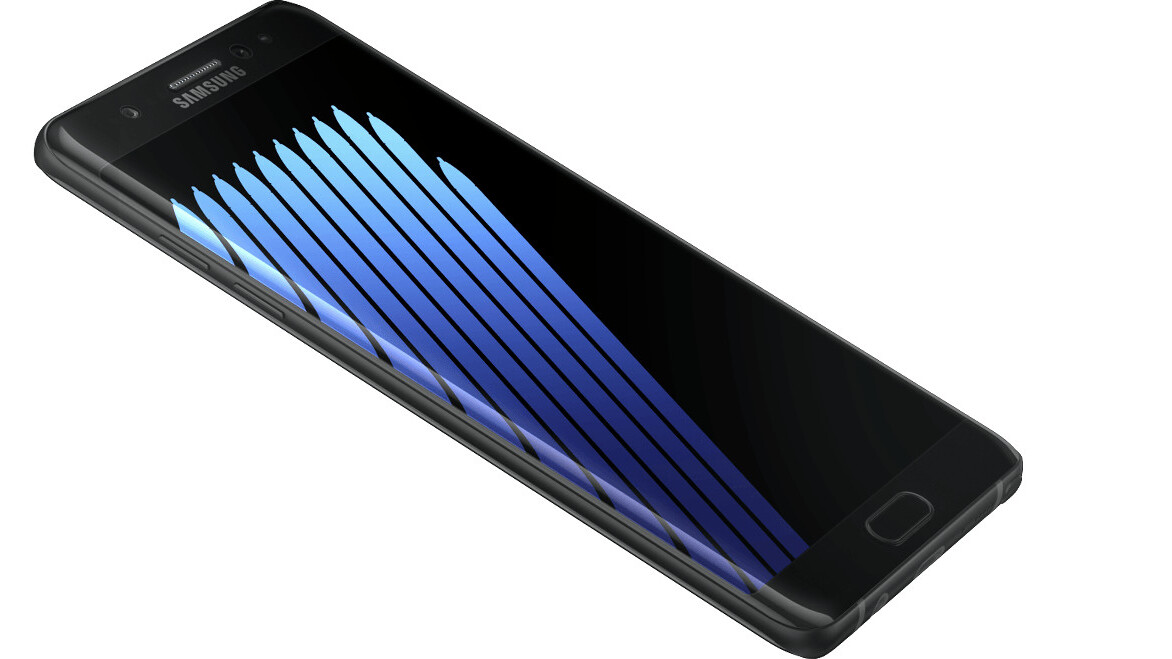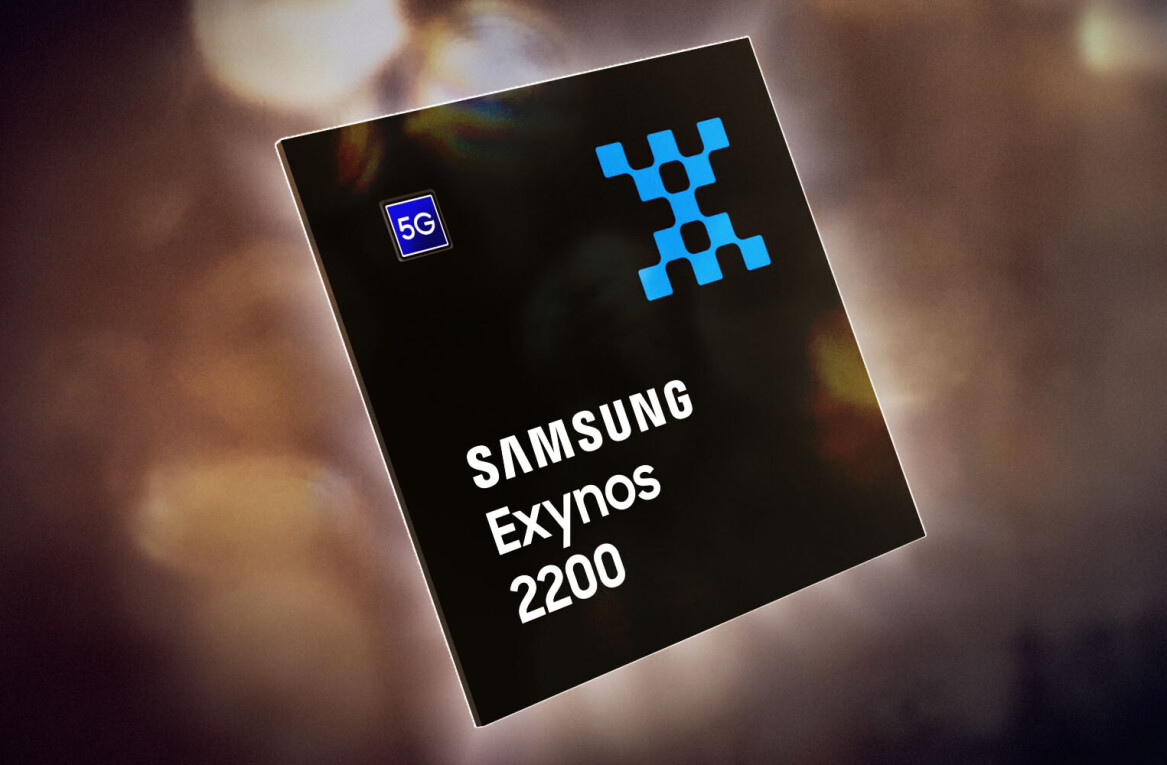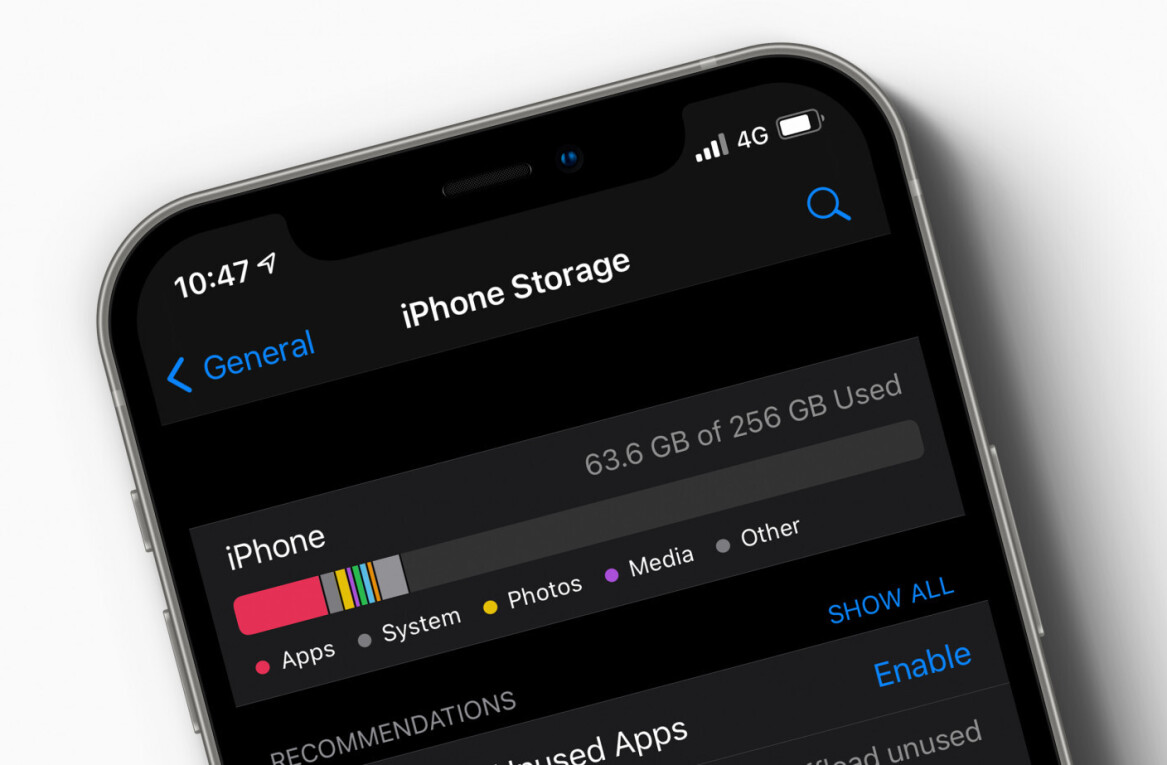Following Samsung’s recent recall of 2.5 million Galaxy Note 7 handsets after several of them burst into flames or exploded, the company has announced that it will issue a software update that will cap their battery recharges to 60 percent capacity, so as to prevent overheating.
Associated Press reports that Samsung placed ads in South Korean newspapers, including Seoul Shinmun and JoongAng Daily, noting that it will roll out the update on 20 September.
It seems that the change will only affect Note 7 devices sold in South Korea; a Samsung spokesperson told the BBC that all the battery issue had been resolved in the replacement devices that will be shipping out to customers in Europe.
Samsung’s plan is rubbish, for a number of reasons. If you’re going to lug around a larger-than-usual phone, you should at least be allowed the luxury of long battery life; the 60 percent limitation kills that off entirely, leaving with you less than what you paid for.
Plus, we can only take Samsung at its word that the software update will help prevent overheating. One can’t be certain that this is absolutely foolproof – after all, even the company didn’t know its flagship phone would blow up in the first place.
It could also mean that Samsung isn’t entirely confident that the batteries in the Note 7 handsets in South Korea are problem-free. The right move would be to issue an update that bricks existing Note 7 phones and directs owners to hand them in for a refund or replacement. Half-assing a solution to a grave issue like this could land Samsung in even more trouble.
That’s not to say that this is easy for Samsung to deal with. The launch of the Note 7 was met with rave reviews and the issue affected less than 0.1 percent of devices sold. The recall saw the company lose a whopping $26 billion in market value as of yesterday.
Ultimately, the string of incidents involving faulty batteries should serve as a reminder to gadget manufacturers that quality control is of the utmost importance, as is the process of handling customers’ concerns during and after the fact. Samsung’s software update idea isn’t the best way to deal with this; hopefully it’ll realize its folly, give customers what they paid for and bounce back stronger in time.
Get the TNW newsletter
Get the most important tech news in your inbox each week.





